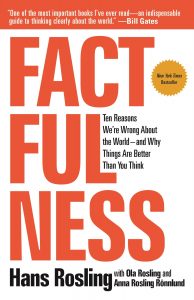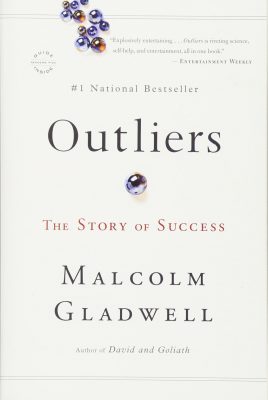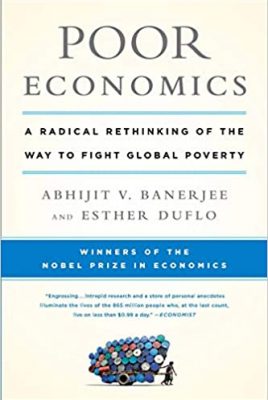Note: This post contains affiliate links which means if you click on a link and purchase an item, we will receive an affiliate commission at no extra cost to you.

Why This Book Matters:
Are you one of the many that think the world is actually worse off than it used to be?
If so, this book sheds light on some of the human instincts and societal trends behind this notion to show you that the human race is actually making more progress than you may think.
Key Takeaways:
- Don’t fall into the misconception that the world is worse off than it is
- Many people think that there are far more third-world countries than there actually are.
- Example: In 1965, there were 125 developing countries, while today only 13 countries are considered to be still developing.
- Our negativity instinct can drive other huge misconceptions
- The media often focuses on the negative to attract readers’ attention, so many people think the world is much worse off than it used to be, when in fact, the human race has made substantial progress.
- Example: Many people think much of the world still lives in poverty, while in actuality, only 9% live in poverty compared to 85% in 1800.
- Be wary of your “straight-line” instinct and your overactive fear instinct
- The “straight line” instinct is the erroneous tendency to believe anything that is moving in a certain direction will keep moving that way in a linear fashion. Our fear instinct evolved during a time when there were substantially more immediate dangers.
- Example: The world’s population has steadily climbed, causing panic about the future. However, experts forecast the population will level off by the end of the 21st century.
- Contextualize new information you acquire
- People tend to overgeneralize data and don’t interpret it within the proper context, which results in much more drastic assumptions than necessary.
- Example: The statistic that four million babies died last year could make some arrive at a very dark conclusion about the world. However, it’s also important to look at this statistic in the context of progress, as 14.4 million babies died in 1950.
- To see the world accurately, consider multiple perspectives and avoid placing blame
- Most of the world’s problems are very complex and cannot be solved with a single solution. Progress requires looking at the issue from several angles.
- Example: Many people blamed refugee drownings in the Mediterranean on traffickers. In reality, host nation laws required trafficker boats be confiscated upon entrance, influencing traffickers’ decision to use poor quality boats.
- Stick to the facts and don’t exaggerate
- Much information circulating is exaggerated to sway people’s opinion. But, exaggeration lessens your credibility as soon as your audience discovers you are inflating facts.
- Example: Climate change is real. However, some doomsday activists have lost support because of their failure to discuss the issue from all angles.









Leave a Reply
View Comments